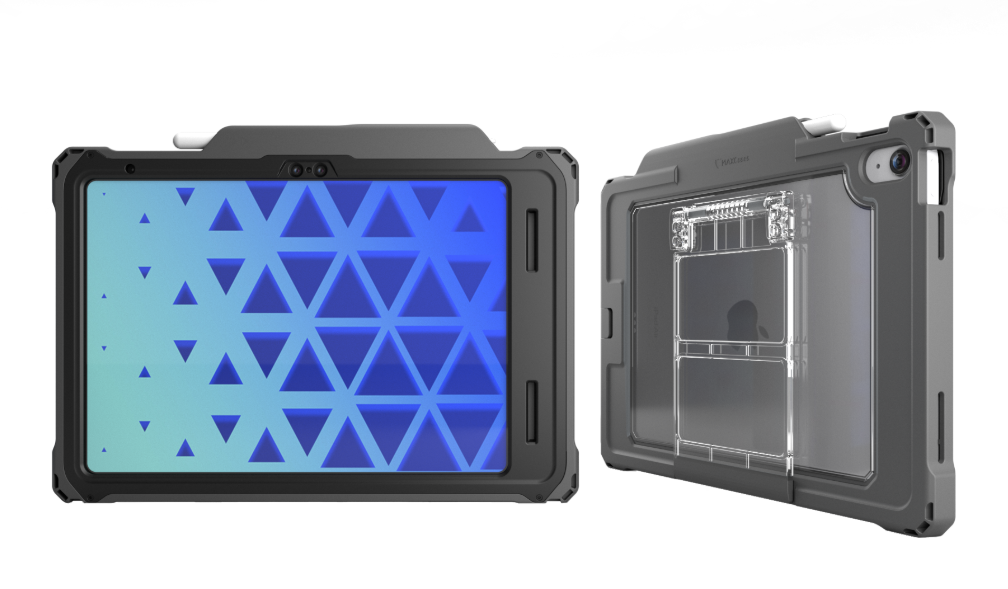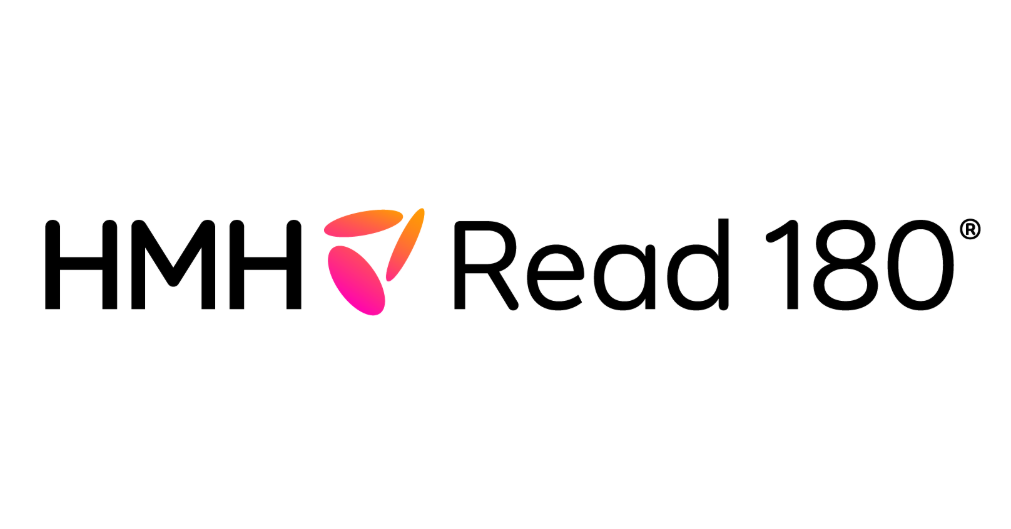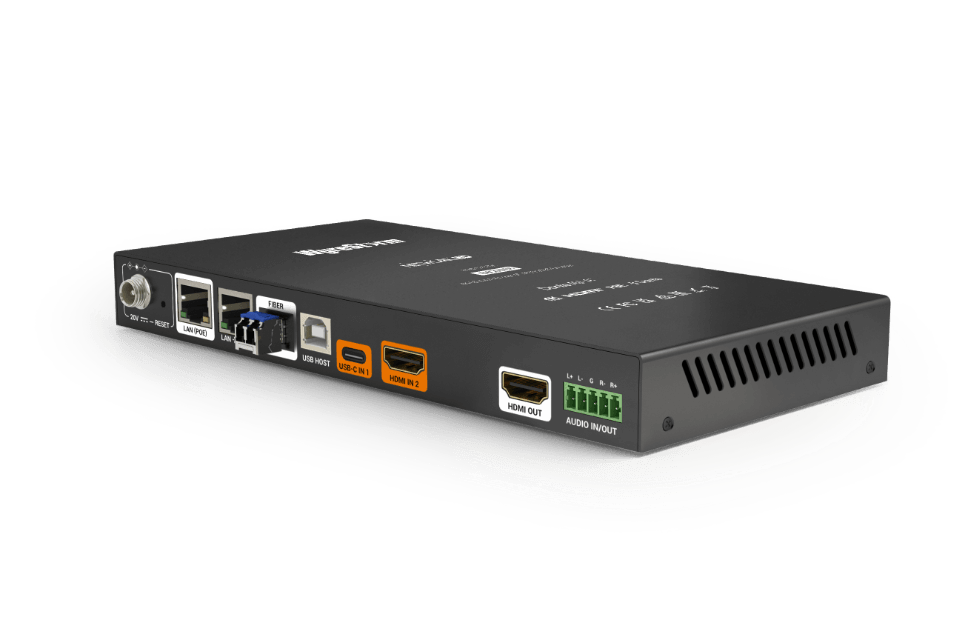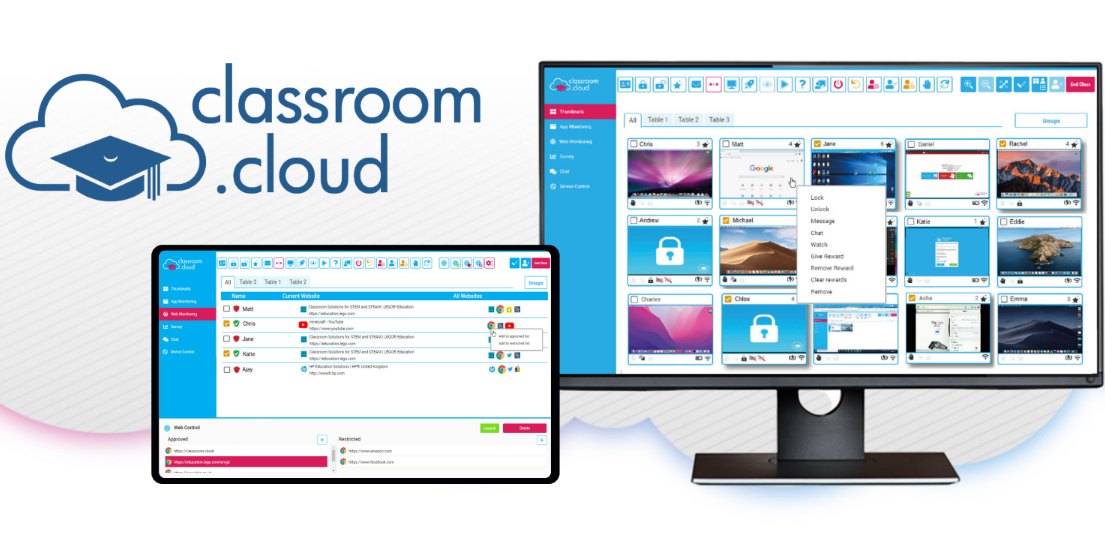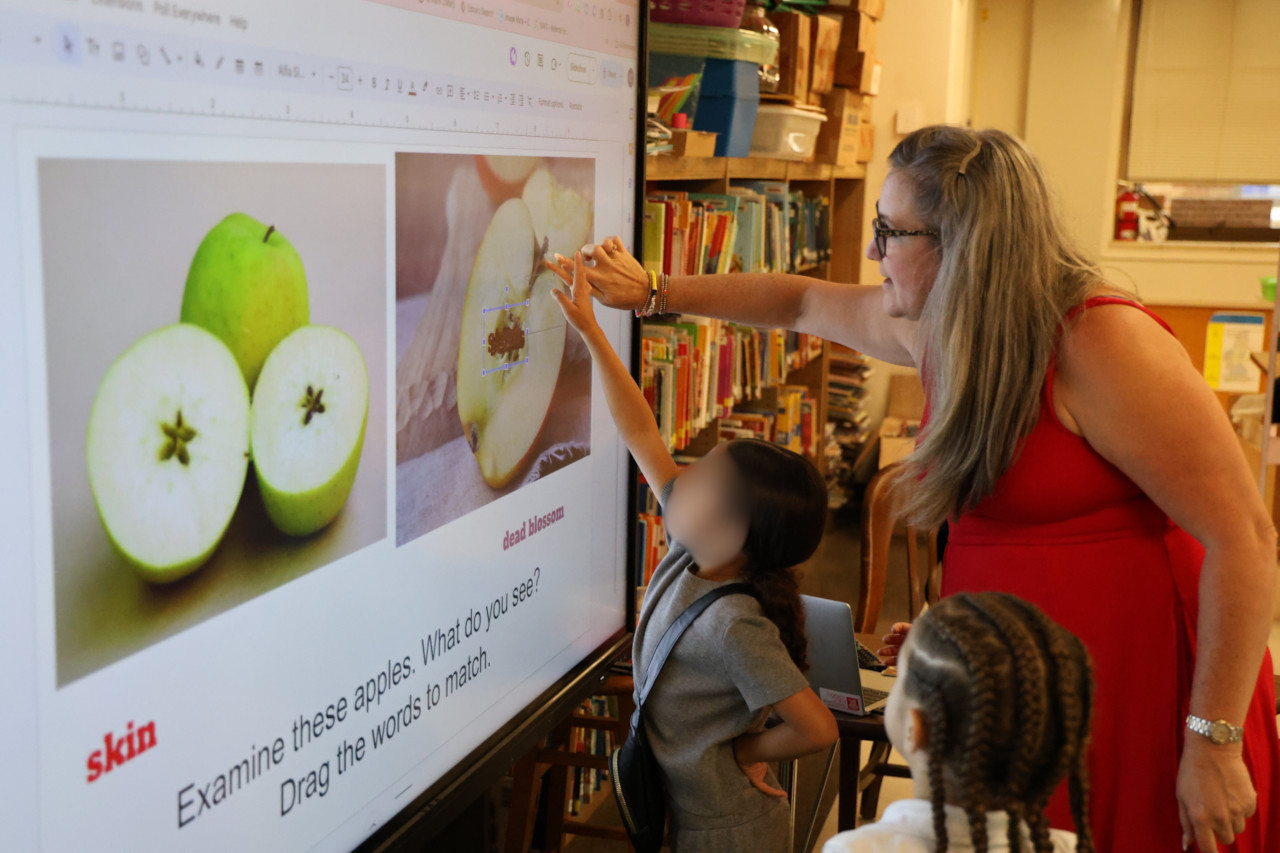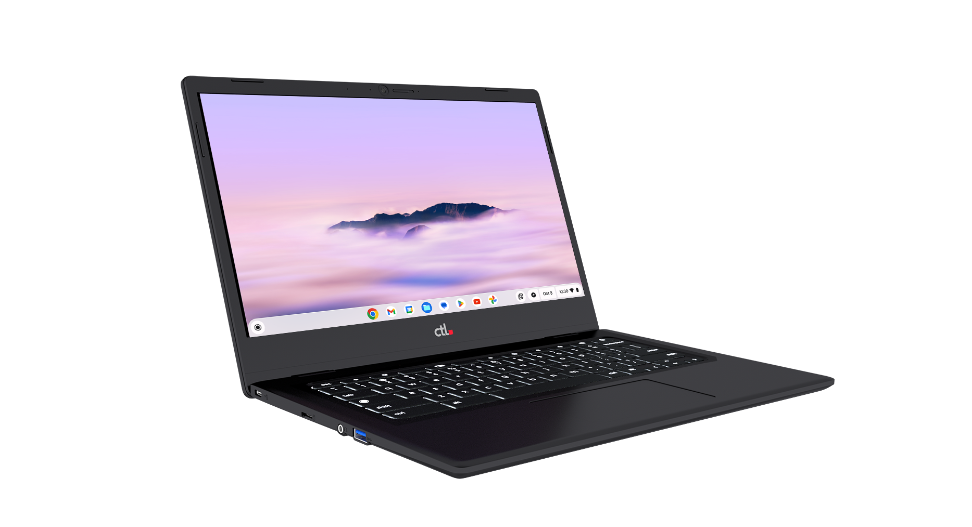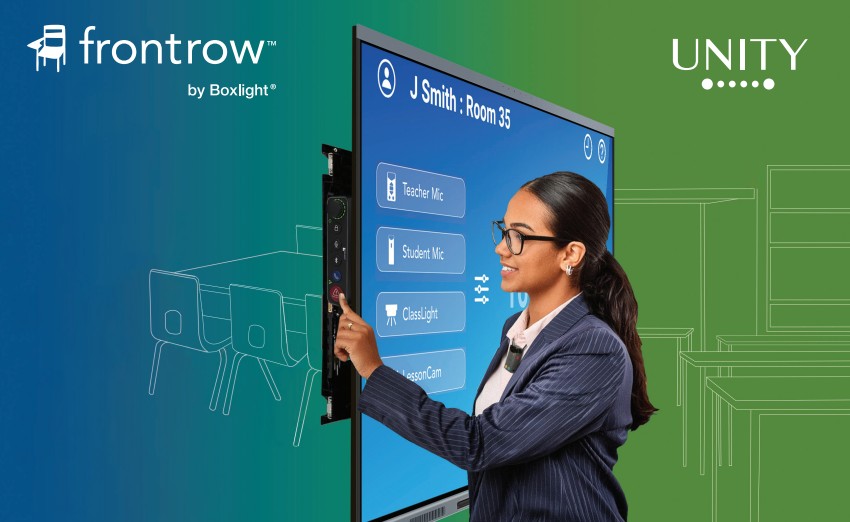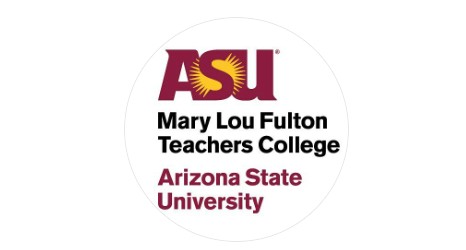Editor’s Note: What Really Works

The debate over the value of education technology never ends. The names just change. While no one really argues anymore whether or not there should be computers in the classroom, student tablets are still a touchy subject in Los Angeles. The peril of students cheating via email and text now pales in comparison to Snapchat sexts and mass broadcasts of Common Core answers via Twitter. And let’s not get started on automated standardized testing.
Some might assume that we here at Tech & Learning carry certain biases when it comes to the pros and cons of these conversations. I like to think that we at least back up our evangelizing with strong anecdotal evidence. This month’s special section devoted to AV technologies (“The Sights and Sounds of Tech Success,”) touches upon one of the all-time greatest edtech hot-button issues—interactive whiteboards. They are the greatest scam ever perpetrated on public education! They are nothing but overpriced bulletin boards! Tell that to the students in Charlottesville City Schools who are thriving with a variety of SMART Boards, NEC displays, and the latest devices under debate—3D printers.
Likewise, our edtech historians Gwen Solomon and David Warlick help put these current controversies into perspective. Even the most ardent Luddite will have to admit that there has been great progress in the ability to access information, communicate ideas, and create better learning practices thanks to technology. If you find one who won’t concede that, have him or her write me a letter and mail it. I won’t be holding my breath.
— Kevin Hogan
Content Director
khogan@nbmedia.com
Tech & Learning Newsletter
Tools and ideas to transform education. Sign up below.
